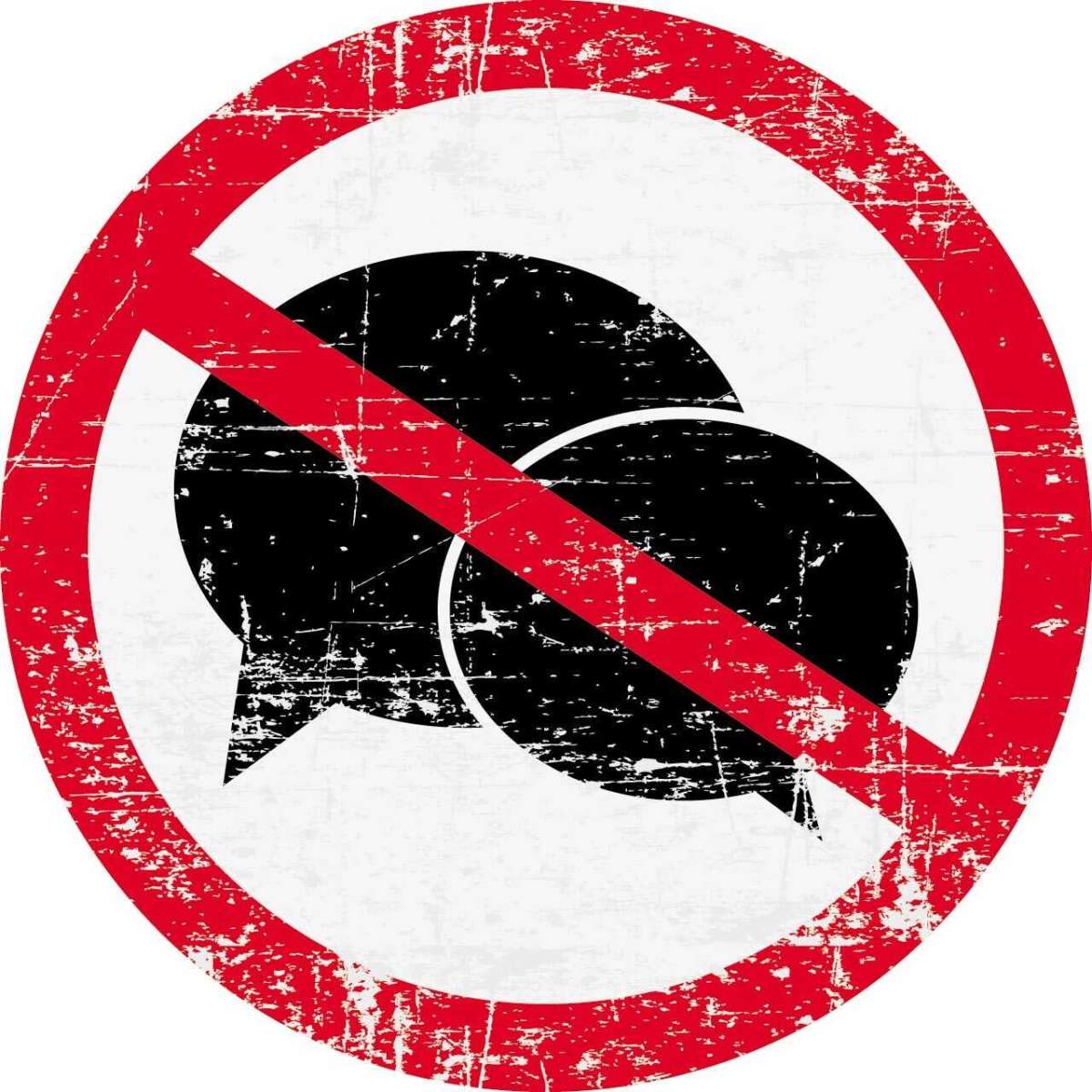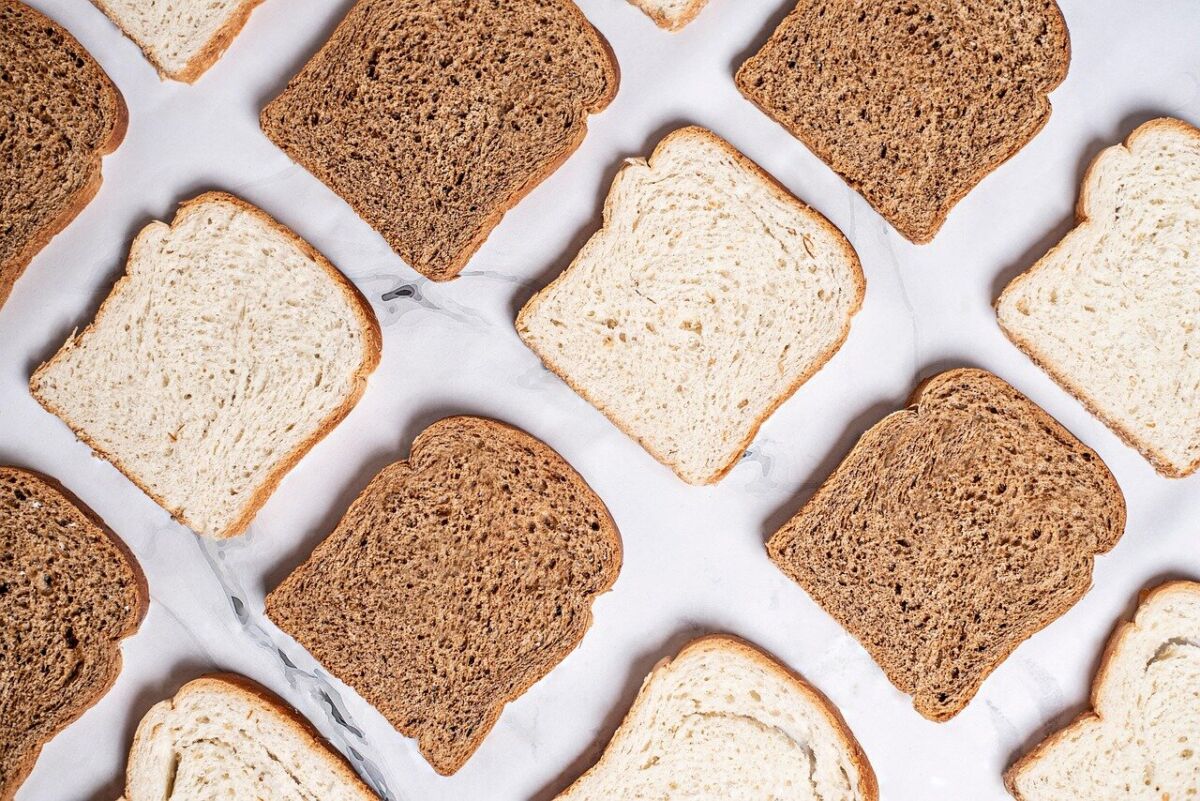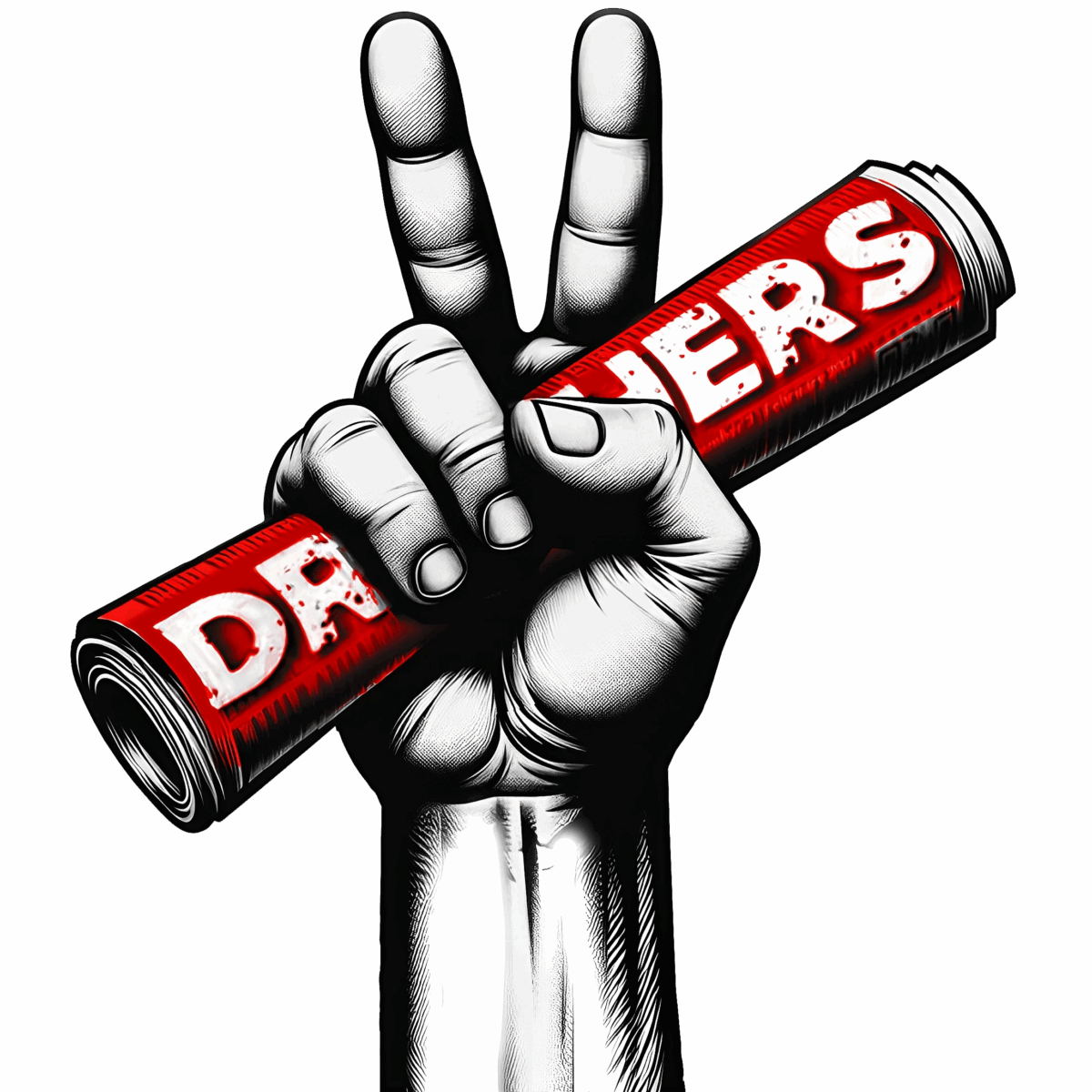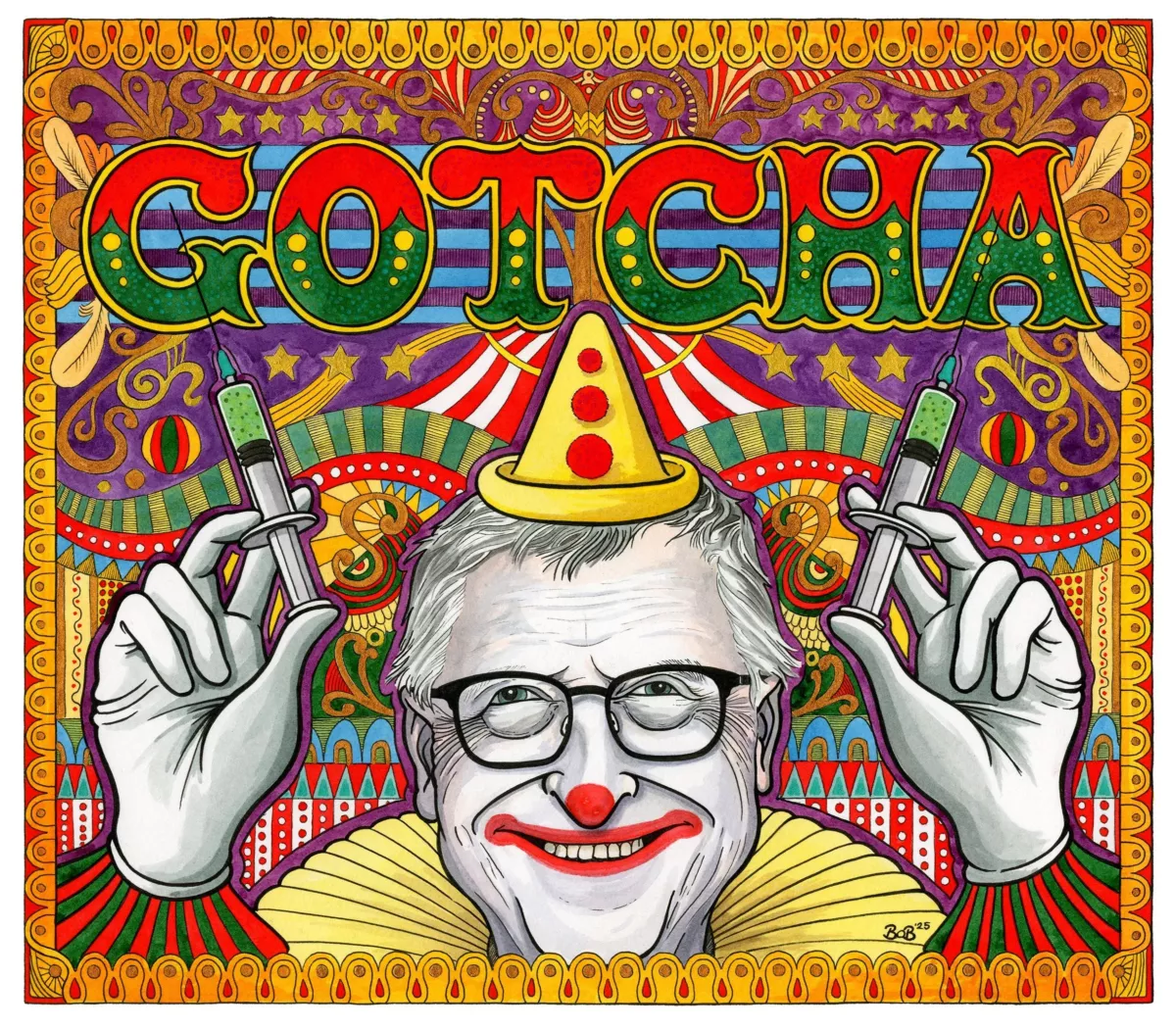The Rising Price of Food
By Tea Lynn Moore
Last week, CBC reported that the average price of formula has jumped 30% in Canada over the last two years. Kirkland formula, they gave as an example, went from $28.99 in 2022 to $43.99 in 2024. “The supply lasts about three days.” For other brands tailored to dietary sensitivities, such as lactose, the price can be closer to $70. So how did we get here?
If you are a human being, living and eating in Canada for these past couple of years, it will be no surprise for you to hear that food prices are increasing at a staggering rate.
According to the Centre for Future Work economist, Jim Stanford, grocery profits are going up, even though Canadians are buying fewer groceries than they did before the pandemic. And that’s even more astounding because the Canadian population has grown a lot since then. There are now 2.5 million more mouths to feed in Canada today compared to when the pandemic hit. We are buying less groceries today—simply because we cannot afford it.
Don’t lose touch with uncensored news! Join our mailing list today.
A key problem is that Canada’s grocery sector is overwhelmingly controlled by three major players. The three biggest supermarket chains own almost two-thirds of the market.
- George Weston Limited (Loblaws) is the largest of the three. It operates a range of well-known supermarket brands, including Loblaws, No Frills, Fortinos, Provigo, Valu-Mart, Your Independent Grocer, Zehrs, Real Canadian Superstore, Dominion, and Shoppers Drug Mart/Pharmaprix.
- Empire Company (Sobeys) manages Sobeys, Safeway, Farm Boy, FreshCo, IGA, Thrifty Foods, Longo’s, and Foodland.
- Metro Inc. includes Metro, SuperC, Adonis, Food Basics, and a few others.
These conglomerates are more than just grocery providers—they also produce their own brands of products.
The consolidation of the food industry has resulted in a market dominated by only a few key players, creating a situation akin to a quasi-monopoly. This limited competition allows these major companies to set higher prices without fear of losing customers to cheaper alternatives. And that is exactly what they have done.
We all saw what monopolies can do to the market in last year’s bread scandal, when Canada Bread (McCain) admitted to colluding with rival Weston Foods (Loblaws) to set Canadian bread prices, ending a seven-year investigation into one of the largest price-fixing scandals in Canadian history.
Pre-pandemic, the entire retail food sector in Canada made about 2.4 billion in net income. In 2023, that number more than doubled to over $6 billion—a record in the industry. And while inflation reached a 40-year-high after the pandemic, food prices rose even higher—using the pandemic as an excuse to raise prices across the board.
Time and again, big companies tell us that if they could only get bigger, they would pass savings on to consumers. When has this ever happened?
Instead, they give money back to their investors and reward executives—like Mr. Per Bank, CEO of Loblaws, who made a whopping $22.1 million in 2023. That’s 586 times more than the amount a full-time Loblaws cashier worker makes in a year.
What all of these corporations have in common is they always want to get bigger. Why? Because when consumers have fewer choices, corporations can force us to pay higher prices. This is especially true with food, something every one of us needs to survive.
We do not need the “big three” to survive. While our country is currently going through a great awakening to the corporatocracy that is ruling Canada (and the world), there is something we can do in the meantime. On an individual level, we can empower ourselves by supporting local farmers and cultivating our own gardens. By choosing local markets and participating in community-supported agriculture, we contribute to a food system independent of corporate giants and promote sustainability.
















